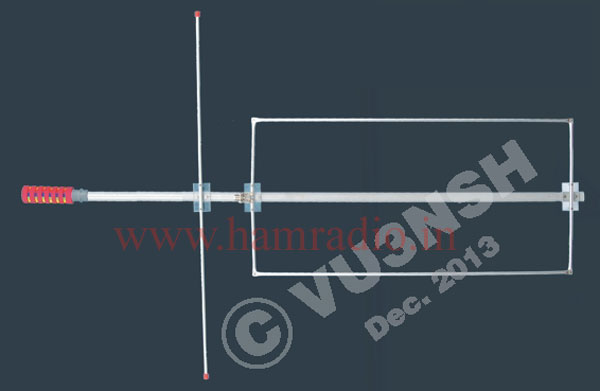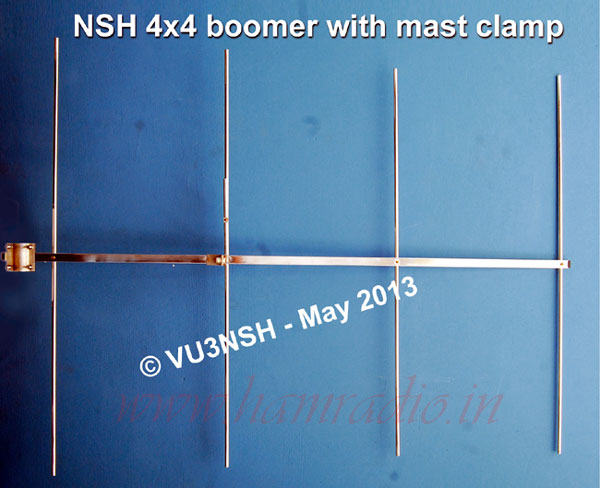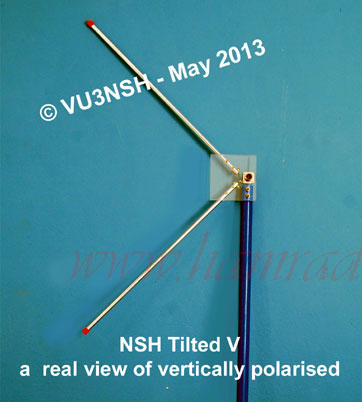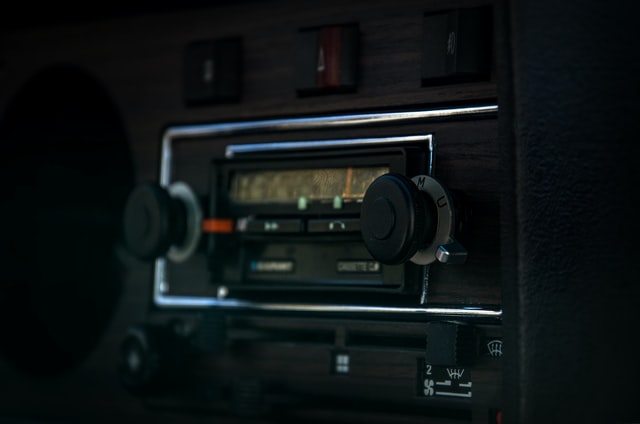If you are in a search for an Ideal Beam Antenna; you can go ahead with this project. As an SWL, I was very much interested in antennas and its construction. When I got my ticket, I searched around for a design of a 2 Meter Antenna. Later, I homebrewed one, but the SWR was very high. I continued the searching again, when I came across an issue of 73 Amateur Radio Today Sept. 93. It was a golden haul, because that issue contains 7 great antenna projects.
Specification
- Gain 11 dB+
- F/B ratio 25 dB max
- Bandwidth 1.5:1 over 2 MHz
- I/P - upto 200 W
- Matching - Gamma
- Polarization - Vertical or Horizontal
- Impedance - 50 Ohms
Thanks to KA0NAN for a beautiful article. This antenna contains 7 elements, perfect for the 11db gain with a front-to-back ratio of 20-25 dB. You should need a matching network for this Yagi. I chosed a “gamma match” made from a piece of 3/8" aluminium tubing 7.25" long with a piece of RG-8 coax 7" long. I used the regular RG - 213 coax; but if you use RG-8 poly foam coax, you may need to change the length of coax for the gamma match.
Mount the completed antenna on the mast about 7 to 8 feet above the ground. Set your radio to the center frequency. Place an SWR bridge between the radio and the antenna. Then apply low power for your test transmission. Presently, more than 35 stations are using this antenna, some stations are hunting more than 250 kilometers with 500 mw power; and they are getting 5-9 reports.I have been using this design for the past 7 years. The distance from my location to VU2KOD repeater is 110 km (on air) and I am able to work with 50mW (0.05W) and getting 5 - 6 reports.!!!!
Carefully note the SWR reading and slide the gamma in or out of the gamma tube (varying the capacitance) until you find the best match. Tighten the gamma to the driven element and now you are ready to install the antenna permanently. When the beam is to be vertical, you need to use a non-conducting mast to avoid detuning the beam and thus skewing the pattern. Make it, tune it, fit it, forget the antenna problems.

This design is first made during 1995 and evaluated with YO in 1996-97. I had made three prototypes for test and evaluation during that period. Now more than 160 people are using this antenna for getting distant stations and repeaters. Mount the Antenna on the mast about 7 feet above the ground in a clear surrounding. Set your transceiver to the operating frequency that you operate more. Place the SWR meter between the transceiver and the antenna, then apply low power test transmission. Note the SWR level and slide the gamma tube IN or OUT until you get lowest SWR. Then apply high power transmission and do the same carefully to get the best match. Tighten the gamma - driven element feeding clamp (solid square block). If you use the beam for vertical polarization, you need to use a non-conducting mast to avoid detuning the beam and skewing the radiation pattern. Fix your antenna at 30 feet or above for the best VHF operation. Have a nice DXing.




